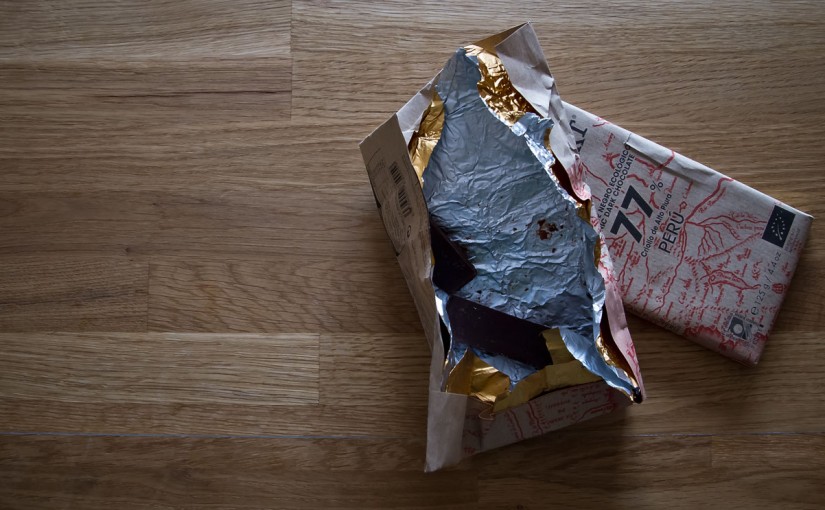A morning or afternoon hike can be a good workout and a nice break from the everyday bustle of urban life, but it is nothing compared to an overnight hiking trip. When you plan to hike for two days straight, you need to take your nutrition seriously to keep your energy up. These tips can help you prepare and pack enough nutritious food to get you through these strenuous days so that you can focus on staying safe and enjoying the scenery.
Make it High-Calorie and Light
The first consideration when packing food for your hike is to make sure that you take enough calories to provide you with energy for your grueling trek. You may need nearly twice as many calories per day during your hiking trip than you need when you are at home. “One cannot think well, love well, sleep well, if one has not dined well.” Virginia Woolf That could be about 3,000 to 4,000 calories per day, or a total of 6,000 to 8,000 calories for your two-day trip.
You need to carry every single bite of food on your back, so your food needs to be light and calorie-dense. To understand the concept of calorie density, think about an orange and peanut butter. To get 4,000 calories from oranges, you would need to eat (and carry!) about 5 pounds of oranges. To get 4,000 calories from peanut butter, you would only need to eat about 1.5 pounds of peanut butter.

Nuts and dried fruits pack a lot of calories for minimum weight. Great as part of a mix, with chocolate chips for example
Selecting more calorie-dense foods, like peanut butter, can help save your back and make your hike more pleasant. Consider the following staples.
- Peanut butter, nutella
- Nuts, peanuts, seeds
- Dried meat and fruit
- Energy and protein bars
- Freeze-dried meals and pancake and biscuit mixes
- Oatmeal, granola, dry cereal, crackers, pretzels
You can make your own high-energy recipes to make things interesting. Make your own energy bars by mixing oatmeal or another cereal, peanut butter, cocoa, nuts, raisins and coconut oil, and baking the mixture until it is dry.
Pack a Variety of Foods
Just like you do when you are at home, you need to provide your body with essential nutrients when you are hiking. Fortunately, it is not difficult to meet your body’s requirements as long as you pack plenty of calories and a variety of foods. Dried fruit, cereals, and beans give you plenty of carbohydrates for energy, while peanuts, nuts, beans, beef jerky, cheese, and protein bars can help you meet your protein needs.
You can get calcium from canned fish, like salmon and mackerel, or from aged cheeses, such as parmesan and gouda. These cheeses will keep just fine for a couple of days out of the fridge. Get extra nutrients by taking dried vegetables, such as dried carrots and tomatoes, with you on the trail and adding them to a soup or chili when you heat it up.

Picture adapted from Tuna Booklet by alsis35
Sample Two-Day Menu for Hiking
This sample two-day menu shows that your diet does not need to be boring even when you are hiking. It has enough carbohydrates and fat to fuel your trip and plenty of protein to support muscle recovery. It also has a range of essential vitamins and minerals.
Day 1
Breakfast: oatmeal made with milk, apple or other fruit (can eat breakfast at home)
Lunch: peanut butter sandwich made at home, hard pretzels, baby carrots
Dinner: Chili with beans and tomatoes made from freeze-dried packet
Snacks: banana chips, homemade energy bars
Day 2
Breakfast: pancakes from mix, milk from powder, turkey jerky
Lunch: aged parmesan cheese, walnuts, crackers
Dinner: canned mackerel, pretzels, graham crackers with peanut butter
Snacks: trail mix with peanuts, raisins, dried fruit, coconut flakes; energy bar

A Few Precautions
Take extra food with you in case you get lost or another unforeseen incident, such as a severe weather event, causes you to be on the trails for longer than you had planned. A few extra ounces of nuts, seeds, and dried fruit, or some extra energy bars, can provide several hundred extra calories without taking up much room in your backpack. You will appreciate them if you have to spend more time than planned in the wilderness.
Don’t take unfamiliar foods with you on long hiking trips. You do not want to be miles away from a grocery store when you first discover that you do not like the taste of the food you brought but have nothing else to eat. You also do not want to find out that a new food does not agree with your stomach when you are stuck in the wilderness without a real bathroom.



